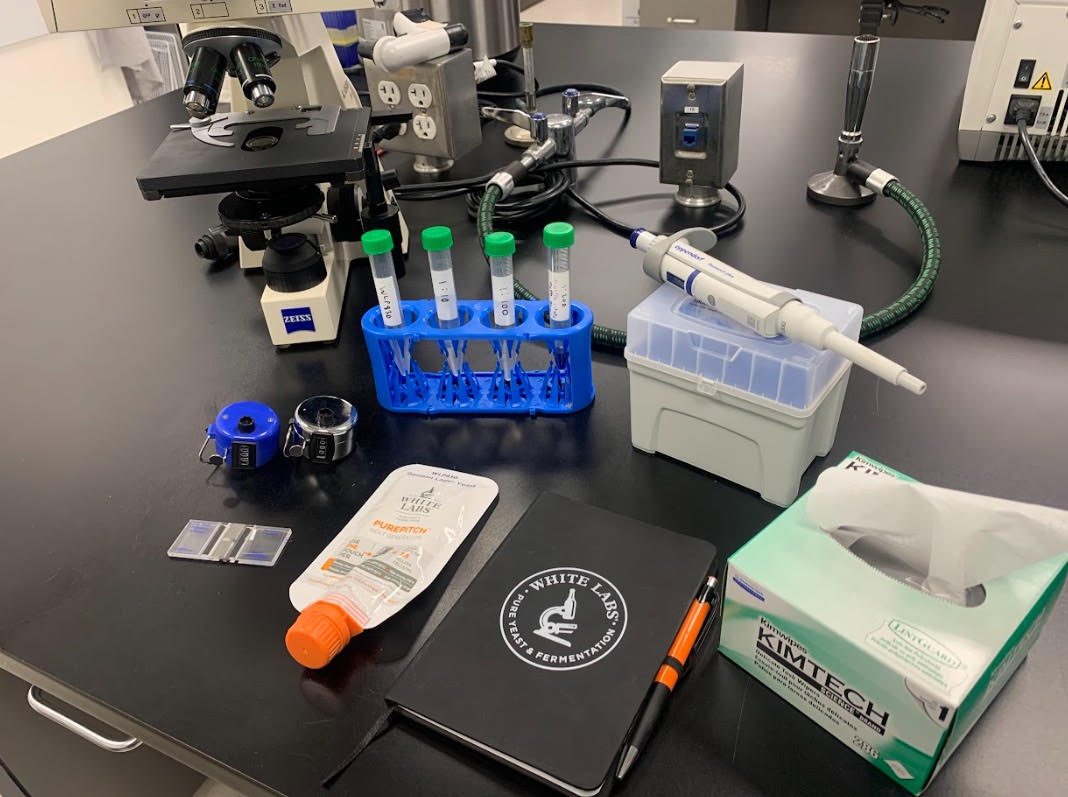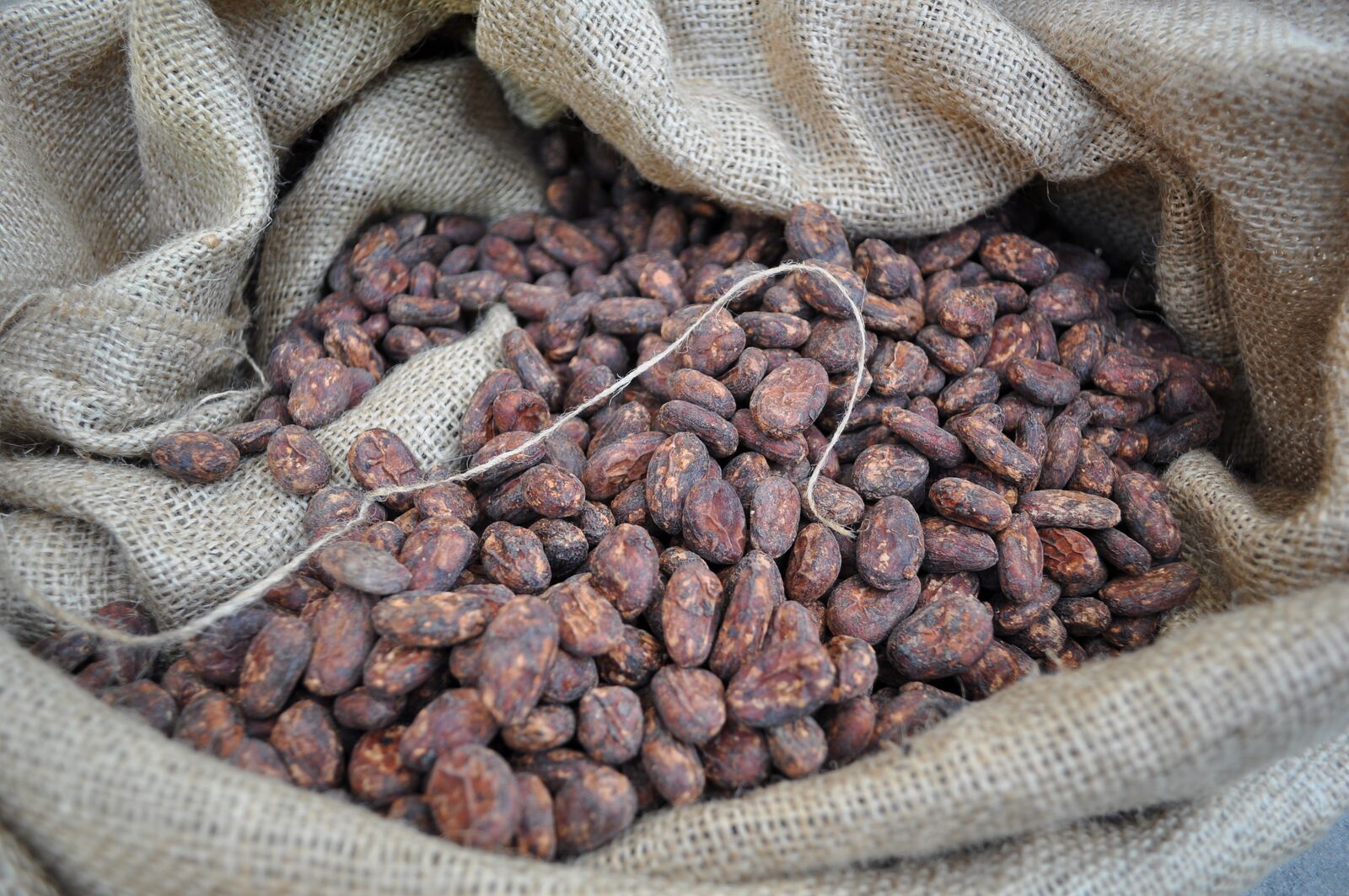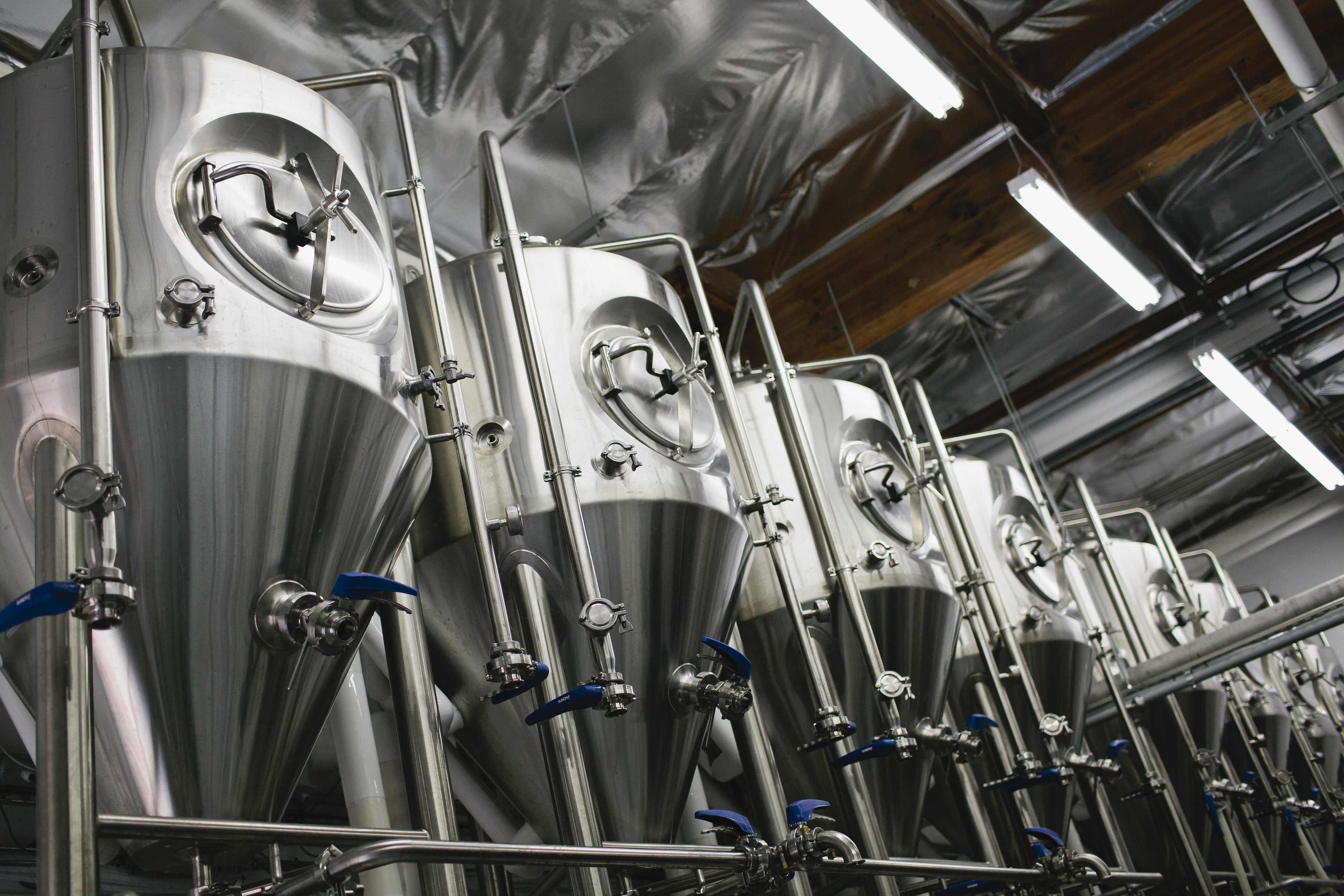A Guide to Cider Fermentations
Category : Technical
Date : February 1, 2022
Author : Education
 Guide To Cider Fermentations - Cider Yeast
Guide To Cider Fermentations - Cider Yeast
Who doesn’t love a crisp, refreshing cider in any season? The artisanal cider market is changing the way cider is perceived in America, from a sugary sweet beverage to a complex unique alternative to beer. White Labs has several products to help you create the perfect hard cider.
Yeast Matters
Many recipes for cider suggest a wine strain or a package of generic dry yeast. We’re here to tell you that yeast choice for your cider does matter. If you don’t believe us, split your batch into two fermentations and try them side by side. We’ve seen so many beautiful ciders with some of the following liquid yeast strains:
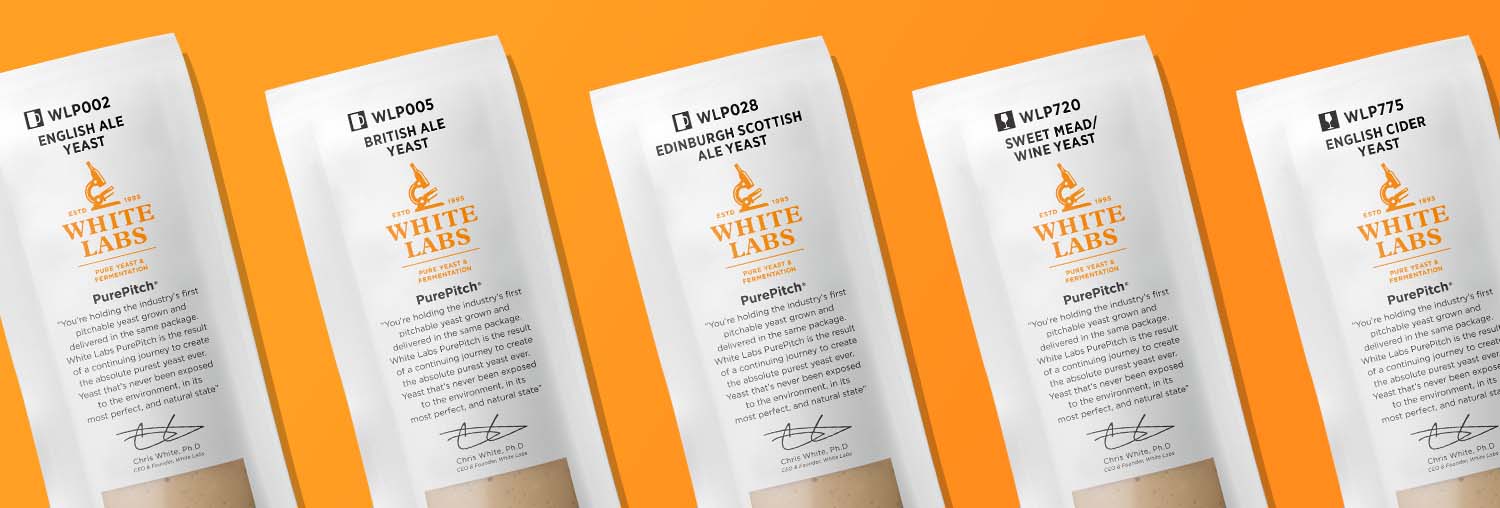
Yeast Inoculation Rates
In cider, inoculation rates correlate with how fast the fermentations take place. If you’re looking for a slower fermentation to preserve fruit aroma, a lower inoculation rate can be valuable.
Nutrients are Necessary
Nutrients should be added to warm water, dissolved, and then added before fermentation. Most must is insufficient in nitrogen; we recommend adding YAN (Yeast Assimilable Nitrogen) concentration at ~150g/BBL. Our nutrient recommendation is SeltzerMax, as it adds nutrients to fermentation to help reduce off-flavors such as sulfur without adding additional flavor. White Labs recommendations are 5-6.5 g/gal or 150-200g/bbl.

Make It Wild
Creating a spontaneously fermented cider can be difficult. Try using alternative microorganisms to create a more unique and complex cider. WLP616 Funky Cider Blend is just a few organisms we carry to create that natural cider funk. Alternatively, check out our bacteria like Lactobacillus sp., or our wild yeasts such as Torulaspora sp. or Brettanomyces sp. to create a tart funk-forward cider.

- TECHNICAL
- April 4, 2024
- TECHNICAL
- November 16, 2023
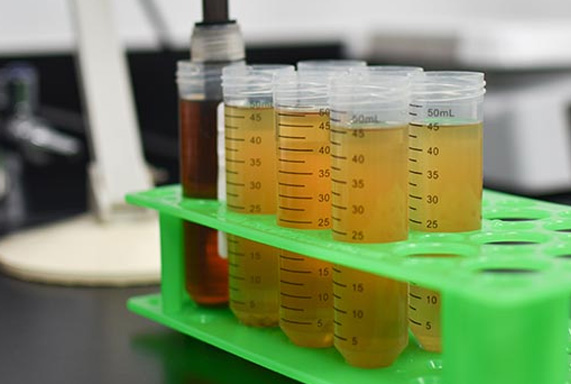 Yeast & Bacteria Bank
Yeast & Bacteria Bank
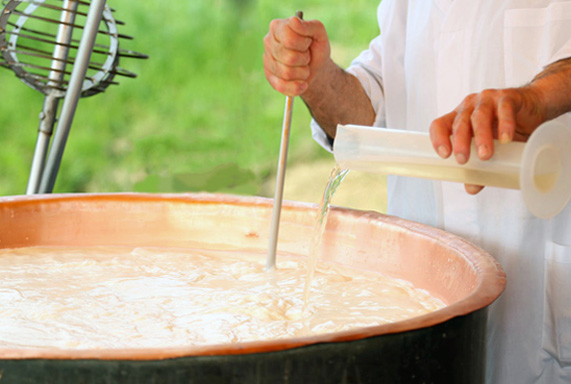 Enzymes & Nutrients
Enzymes & Nutrients
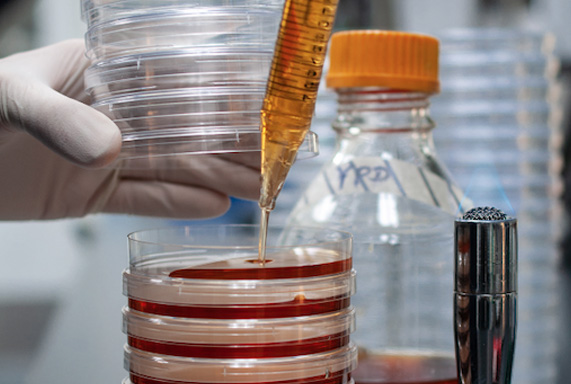 Lab Services
Lab Services
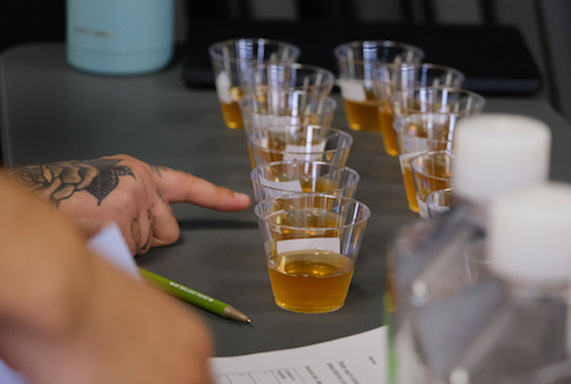 Education
Education
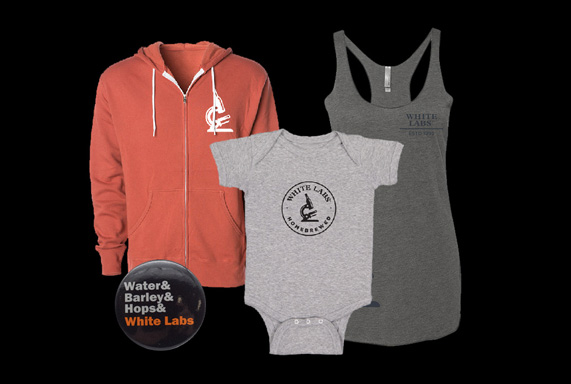 Merchandise
Merchandise
